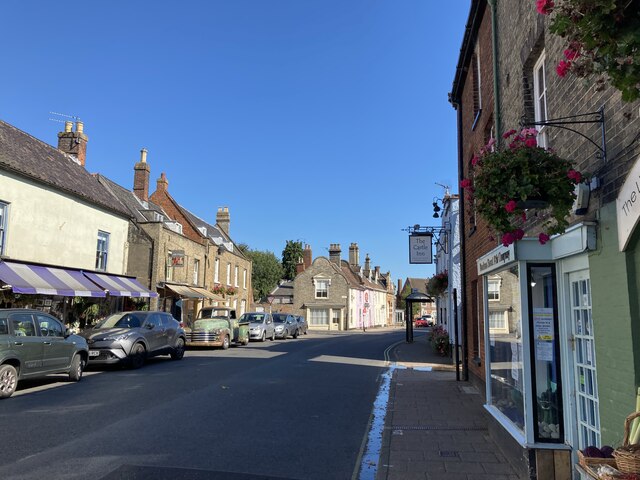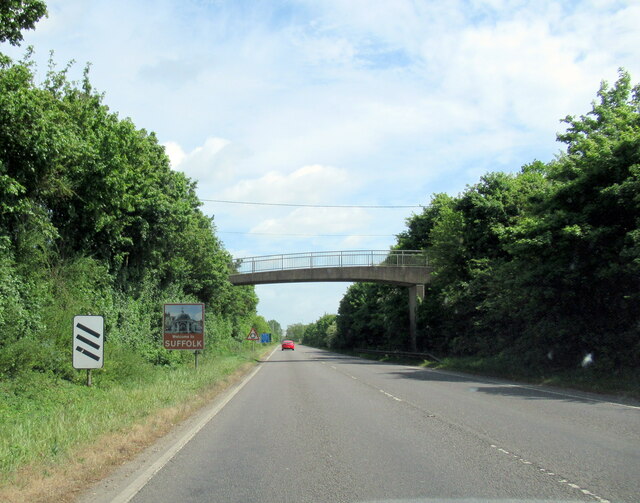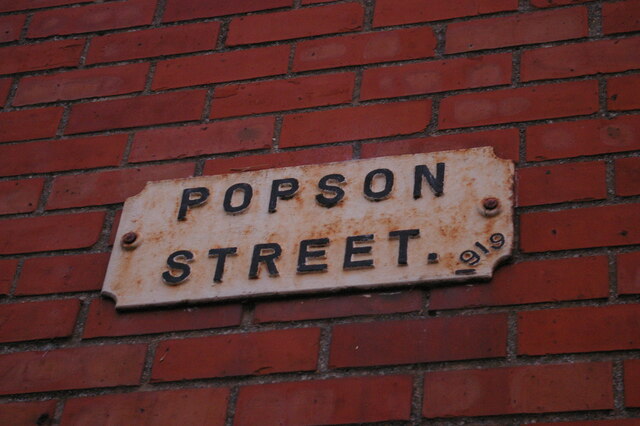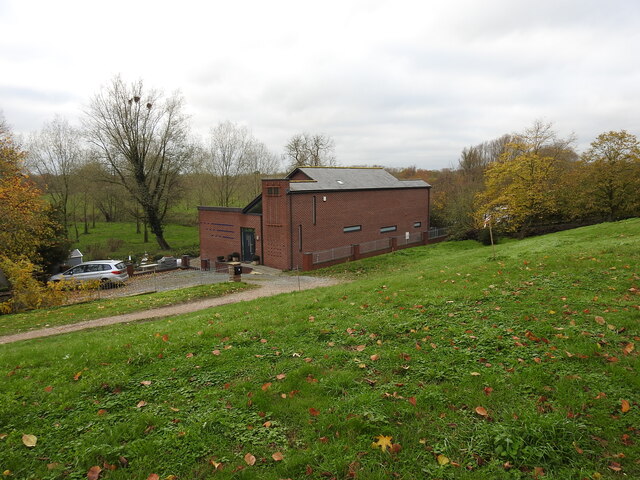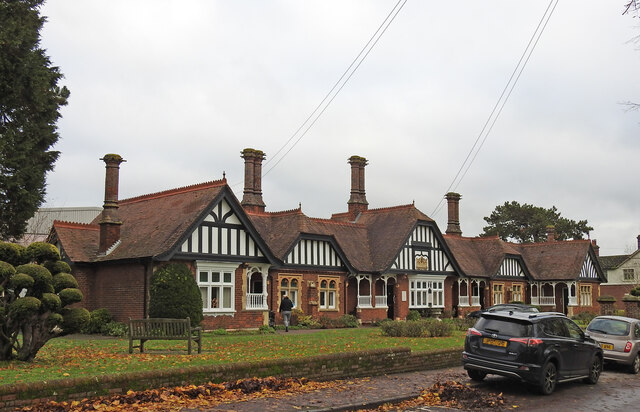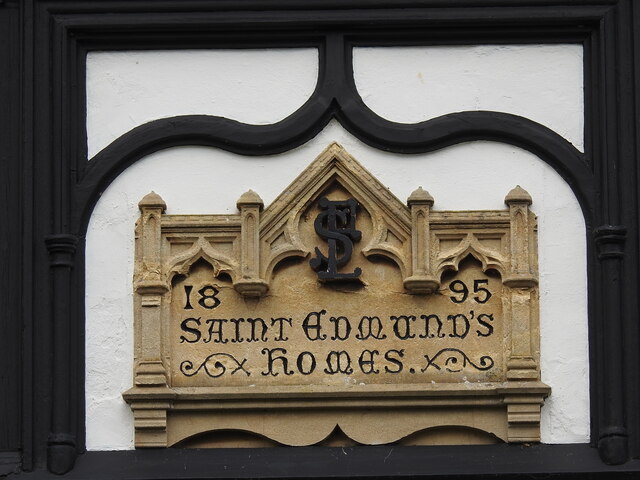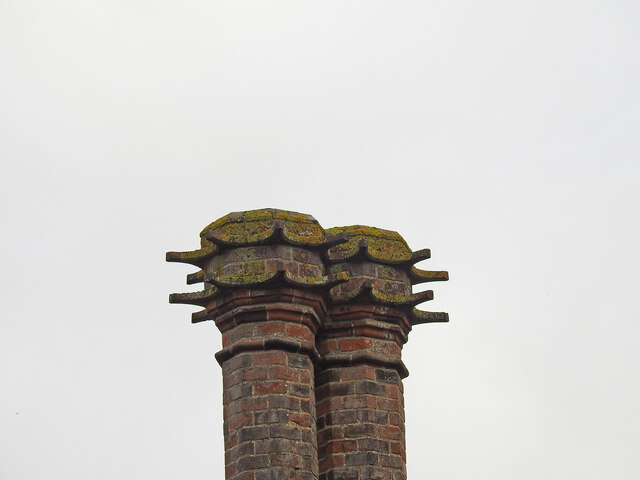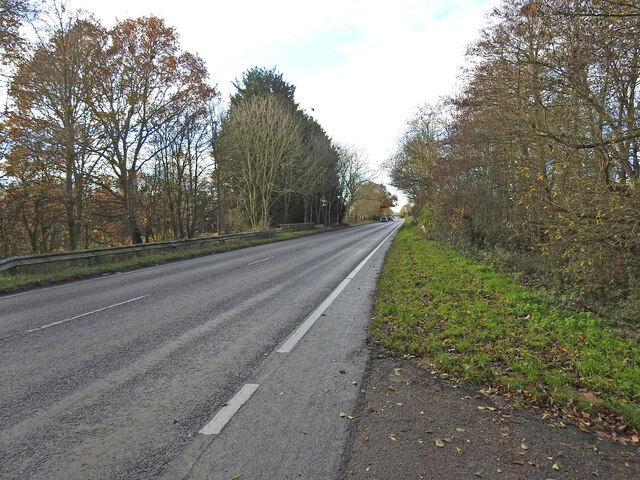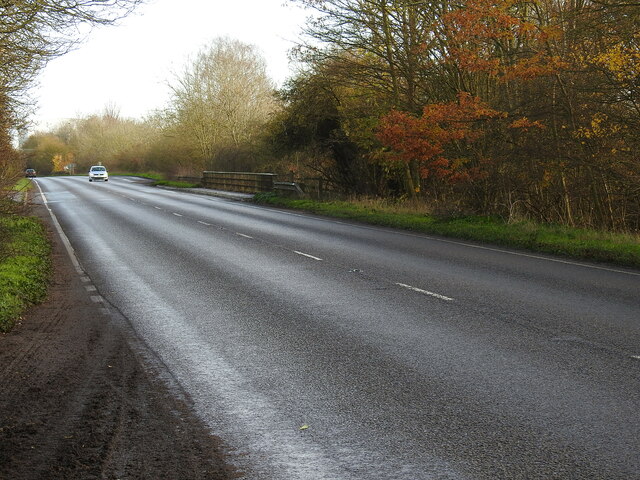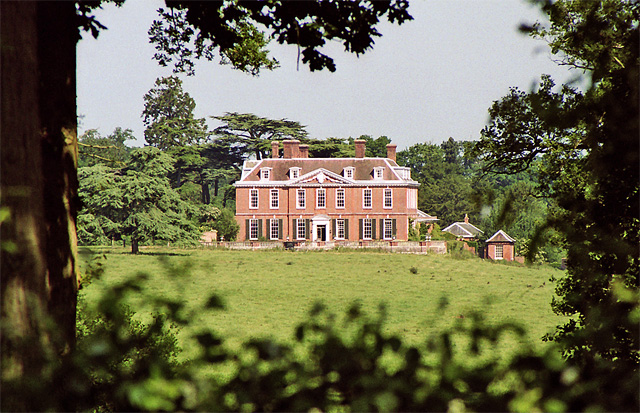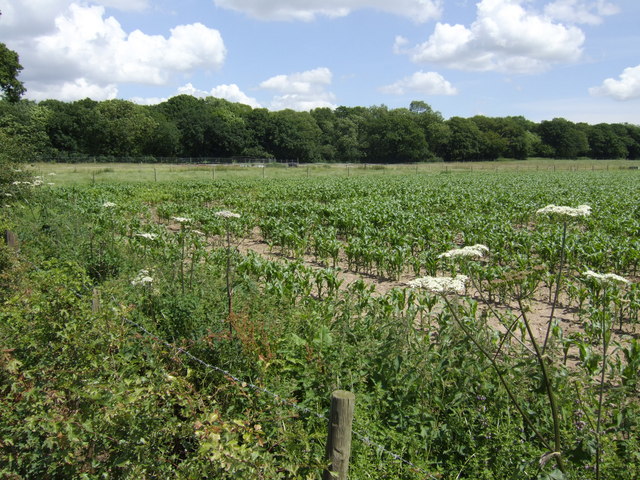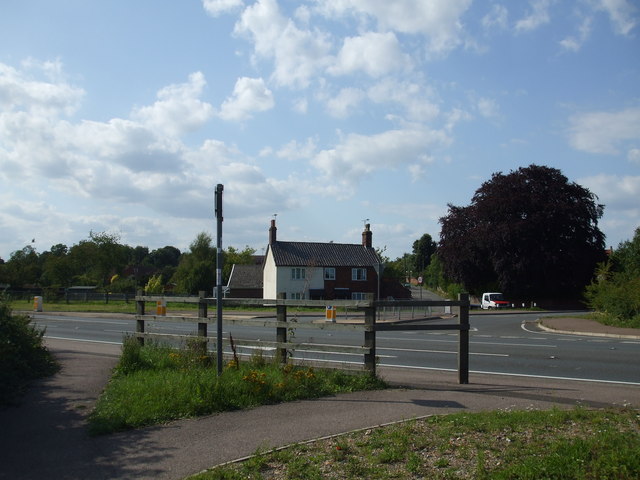Bath Hills Plantation
Wood, Forest in Norfolk South Norfolk
England
Bath Hills Plantation
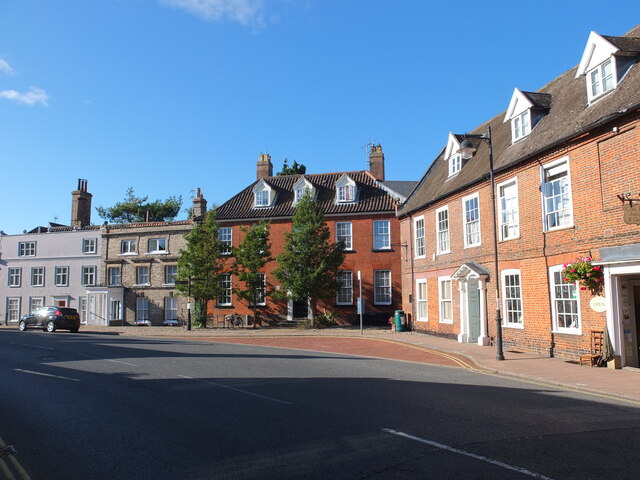
Bath Hills Plantation, located in Norfolk County, Virginia, is a picturesque and sprawling wood and forest area covering approximately 1,500 acres. The plantation is nestled in a serene setting, surrounded by rolling hills and lush greenery, offering a tranquil escape from the hustle and bustle of city life.
The plantation is renowned for its diverse range of tree species, including oak, pine, hickory, and maple, among others. These trees not only add to the scenic beauty of the area but also provide a valuable habitat for a variety of wildlife, including deer, rabbits, squirrels, and various bird species.
Visitors to Bath Hills Plantation can enjoy a range of outdoor activities, including hiking, birdwatching, and nature photography. The plantation features several well-maintained trails that wind through the forest, offering opportunities for exploration and discovery. The peaceful ambiance and natural beauty of the area make it an ideal spot for nature enthusiasts and outdoor lovers.
In addition to its natural attractions, Bath Hills Plantation also boasts a rich history. The land has been owned by the same family for generations and has been carefully preserved to maintain its original charm. The plantation serves as a reminder of the region's agrarian past and offers visitors a glimpse into the area's cultural and historical heritage.
Overall, Bath Hills Plantation is a captivating destination that combines natural beauty, recreational opportunities, and historical significance. Whether one seeks solitude in nature or wishes to delve into the area's past, this Norfolk woodland is sure to leave a lasting impression.
If you have any feedback on the listing, please let us know in the comments section below.
Bath Hills Plantation Images
Images are sourced within 2km of 52.471396/1.4197332 or Grid Reference TM3291. Thanks to Geograph Open Source API. All images are credited.
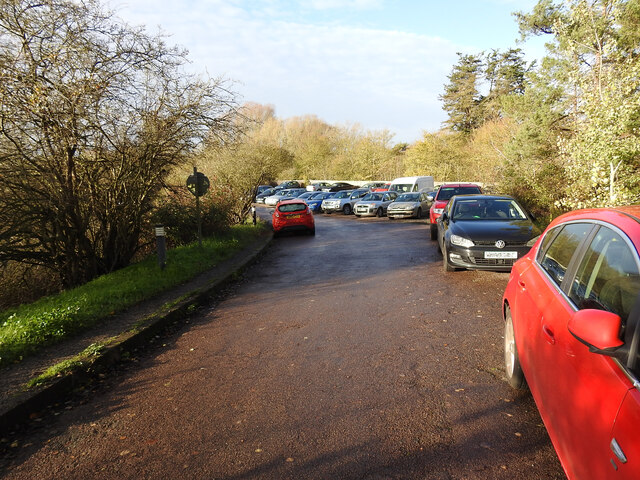
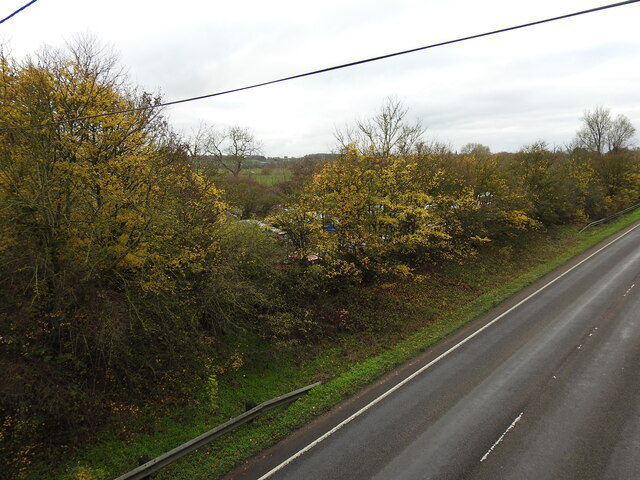
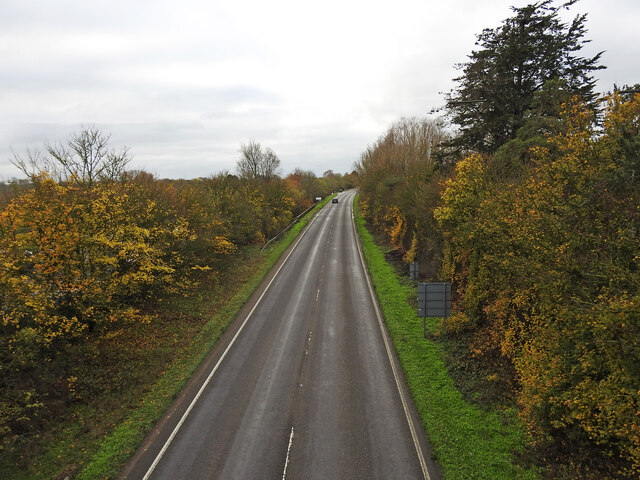
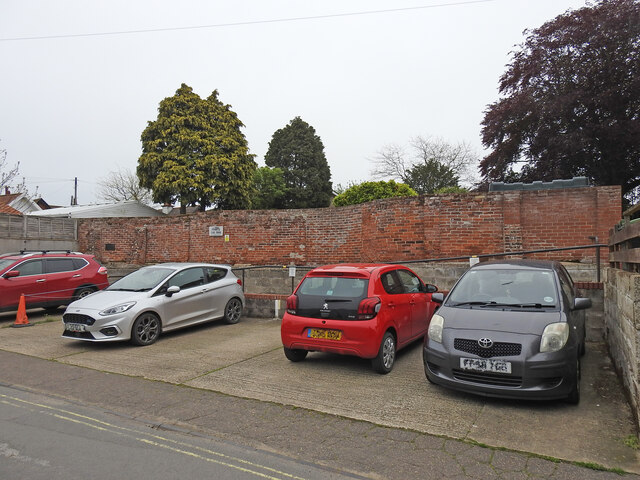




Bath Hills Plantation is located at Grid Ref: TM3291 (Lat: 52.471396, Lng: 1.4197332)
Administrative County: Norfolk
District: South Norfolk
Police Authority: Norfolk
What 3 Words
///swept.class.approvals. Near Ditchingham, Norfolk
Nearby Locations
Related Wikis
Bath Hills
Bath Hills is a 12.2-hectare (30-acre) Local Nature Reserve west of Ditchingham in Norfolk. It is owned by South Norfolk District Council and managed...
Ditchingham Hall
Ditchingham Hall is an English country house, near the village of Ditchingham in south Norfolk, England, which is set in about 2,000 acres (810 ha) of...
Bungay railway station
Bungay railway station was located on the now disused Waveney Valley Line which ran between Tivetshall and Beccles. The station was closed in 1953 and...
Ditchingham
Ditchingham is a village and civil parish in the English county of Norfolk. It is located across the River Waveney from Bungay, Suffolk. == History... ==
Chicken roundabout
The chicken roundabout is a roundabout located on the A143 road, on the Bungay and Ditchingham bypass in Suffolk, United Kingdom. The roundabout was famous...
Tindall Wood, Ditchingham
Tindall Wood, Ditchingham is a 42.2-hectare (104-acre) biological Site of Special Scientific Interest north of Ditchingham in Norfolk.This is one of the...
Bungay Town F.C.
Bungay Town Football Club is an English football club based in Bungay, Suffolk. The club are currently members of Anglian Combination Division One and...
Ditchingham railway station
Ditchingham was a railway station in Ditchingham, Norfolk on the Waveney Valley Line. Opened on 2 March 1863, it closed to passengers along with the rest...
Nearby Amenities
Located within 500m of 52.471396,1.4197332Have you been to Bath Hills Plantation?
Leave your review of Bath Hills Plantation below (or comments, questions and feedback).
